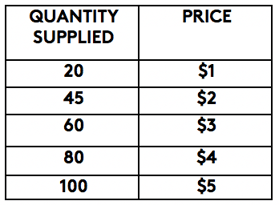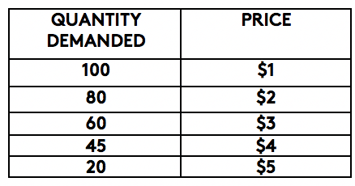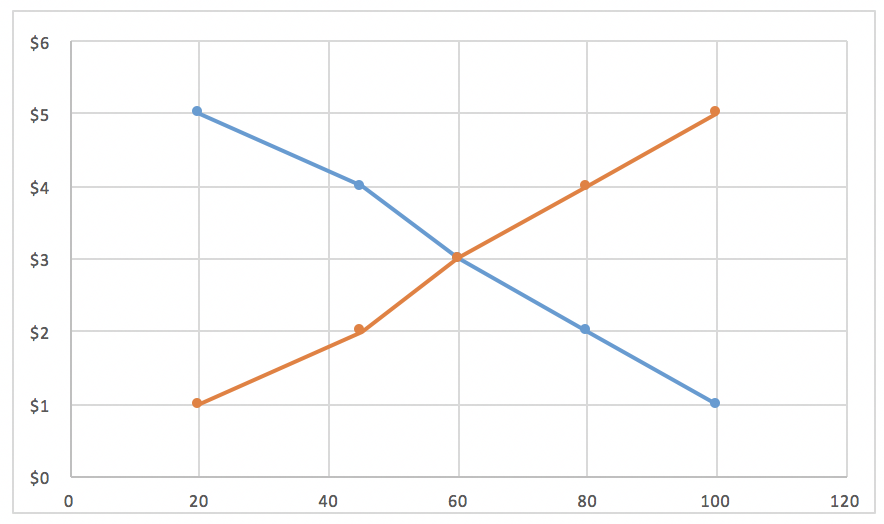What is supply and demand?
In economics, supply and demand is the relationship between the quantity of a commodity that producers wish to sell at various prices and the quantity that consumers wish to buy. Though it is a seemingly straightforward relationship, in practical application it can become quite complicated. In this blog, we will use an example to illustrate the basic relationship between supply and demand.
Example:
Imagine you live in a neighborhood with just 2 houses. Your house has an apple tree in the backyard while your neighbor’s house does not. Imagine you are willing to sell the apples you produce to your neighbor, who is also willing to purchase them. This makes you a PRODUCER of apples and you SUPPLY them to your neighbor, who is a CONSUMER of apples and DEMANDS them from you.
Obviously, the PRODUCER in this equation is you, while the CONSUMER if your neighbor.
Imagine you produce a total of 100 apples but that you aren’t always willing to sell all of your apples because you want to consume some yourself. But, if the price were high enough, you might be willing to sell all of your apples. This brings us into a concept called the SUPPLY SCHEDULE – the quantity of a product a producer is willing to supply at different prices. Imagine you are willing to supply 20 apples at a price of $1, 45 apples at a price of $2, 80 apples at a price of $3, and 40 apples at a price of $4.
(Note that these quantities and prices are purely arbitrary for the purpose of this example. All matters is the direction in which the values move, not the magnitude or relative size of the changes).

They key intuition here is that you are willing to sell more of your apples as the price rises – as prices rise producers are willing to sell more because it creates an opportunity for greater profit. We can work through a very similar thought experiment with the DEMAND schedule.
Imagine your neighbor is willing to purchase the following quantities of apples at the given prices:
(Note that these quantities and prices are purely arbitrary for the purpose of this example. All matters is the direction in which the values move, not the magnitude or relative size of the changes)

The key intuition to note here is that your neighbor is willing to purchase more of your apples as the price falls – as the price of a good becomes cheaper, consumers are willing to purchase more of the item because they can afford it.
Now, let’s put both the supply and demand schedules together:

Which curve represents supply and which represents demand? Well, the hint is: in which direction would the price need to move to motivate a producer to sell more or a consumer to buy more? Always ask this question to make sure you correctly identify the curves!
Because of this, supply is orange and demand is blue.

Comments